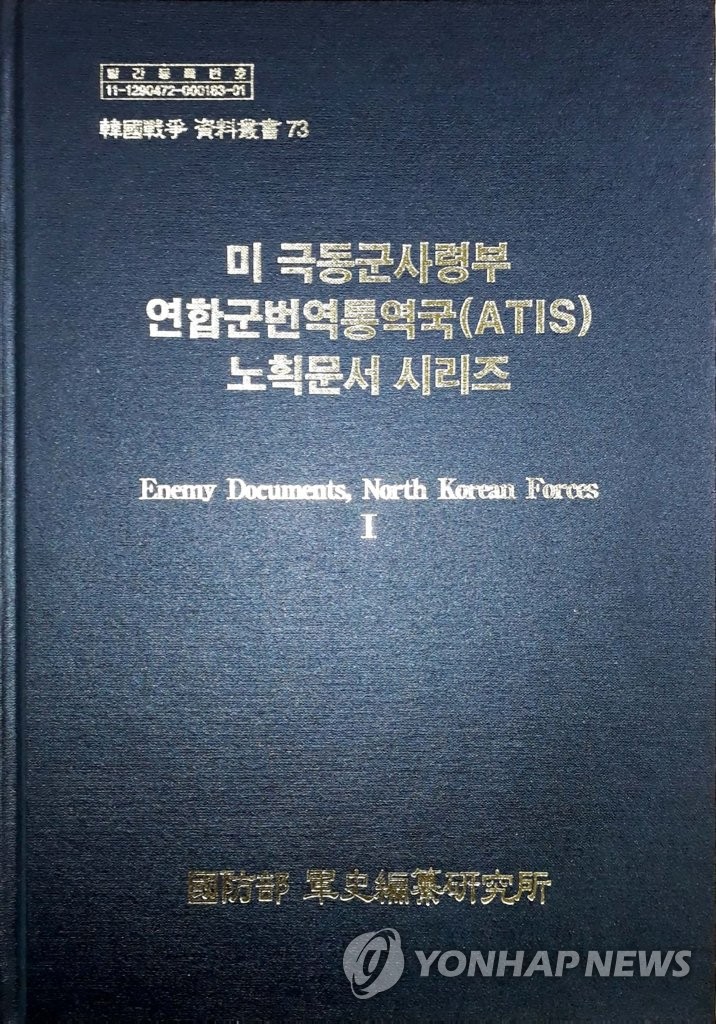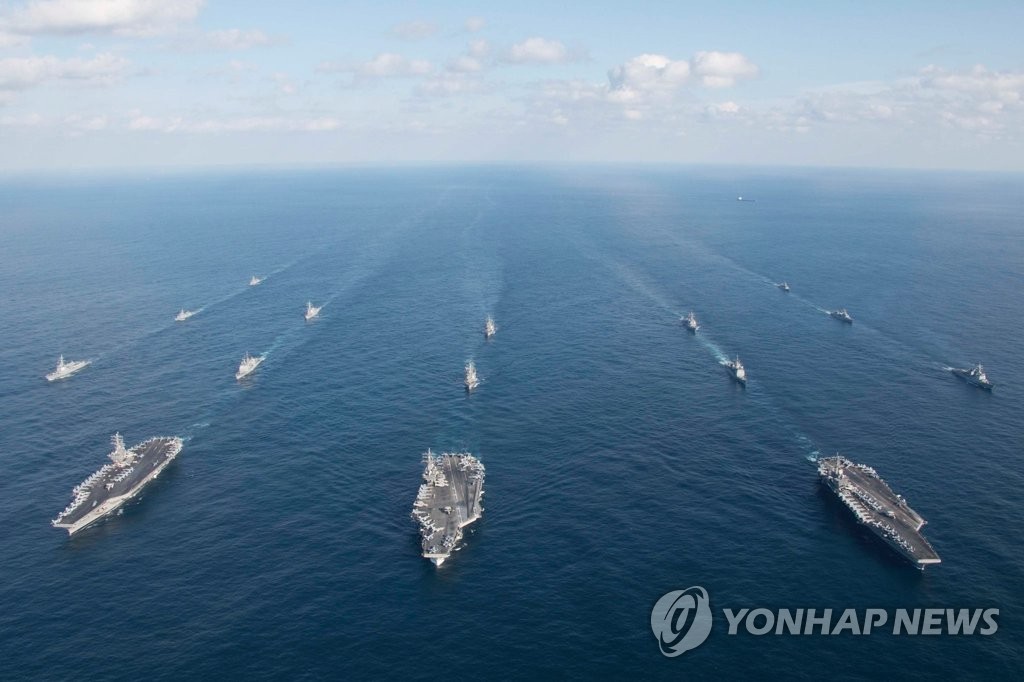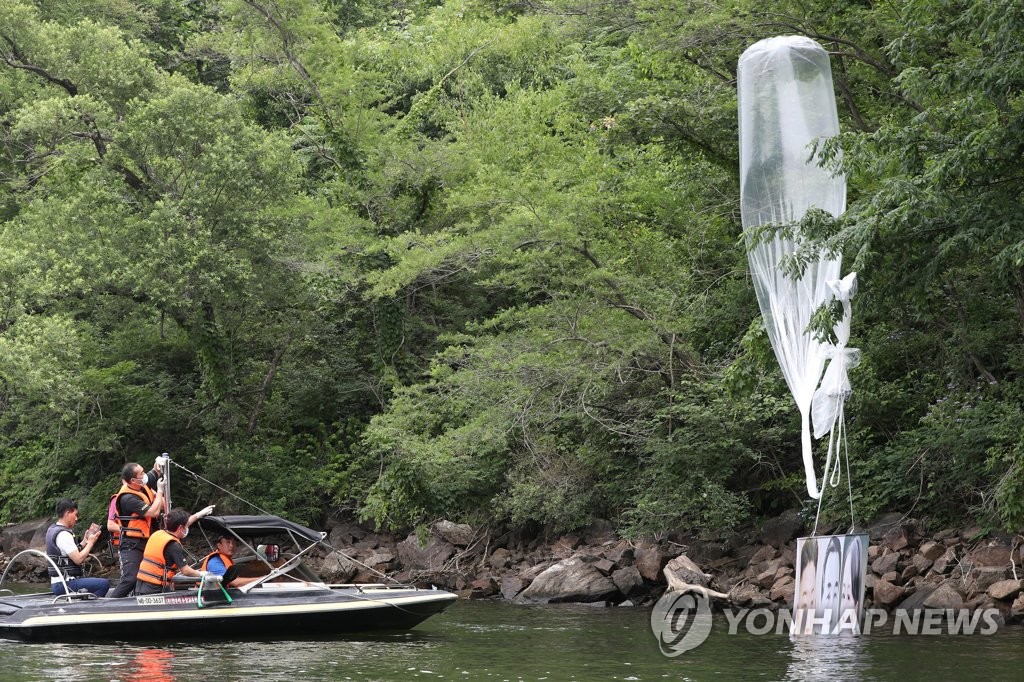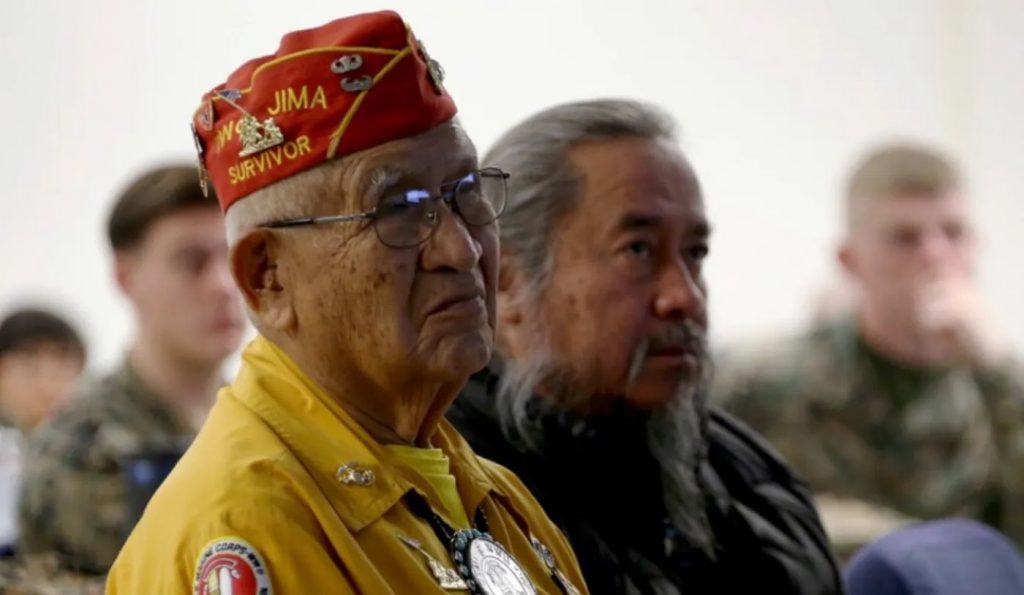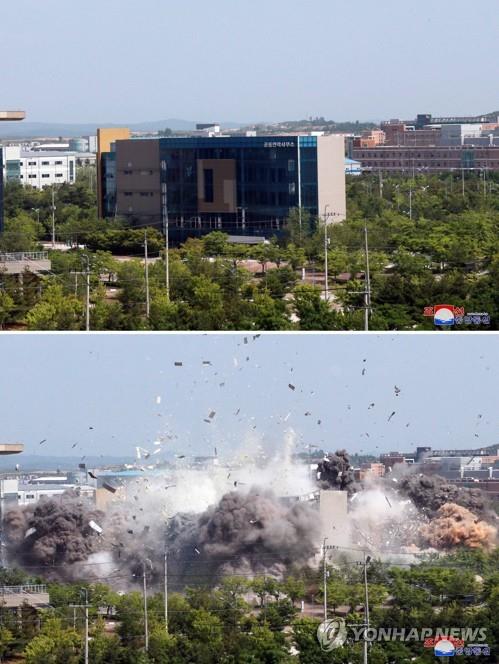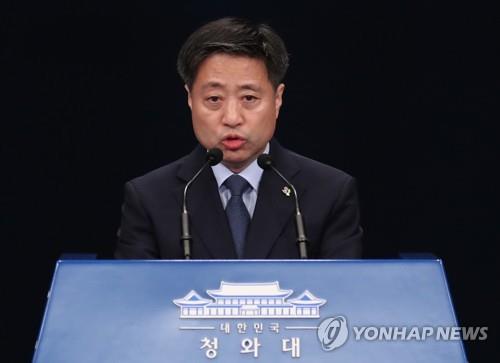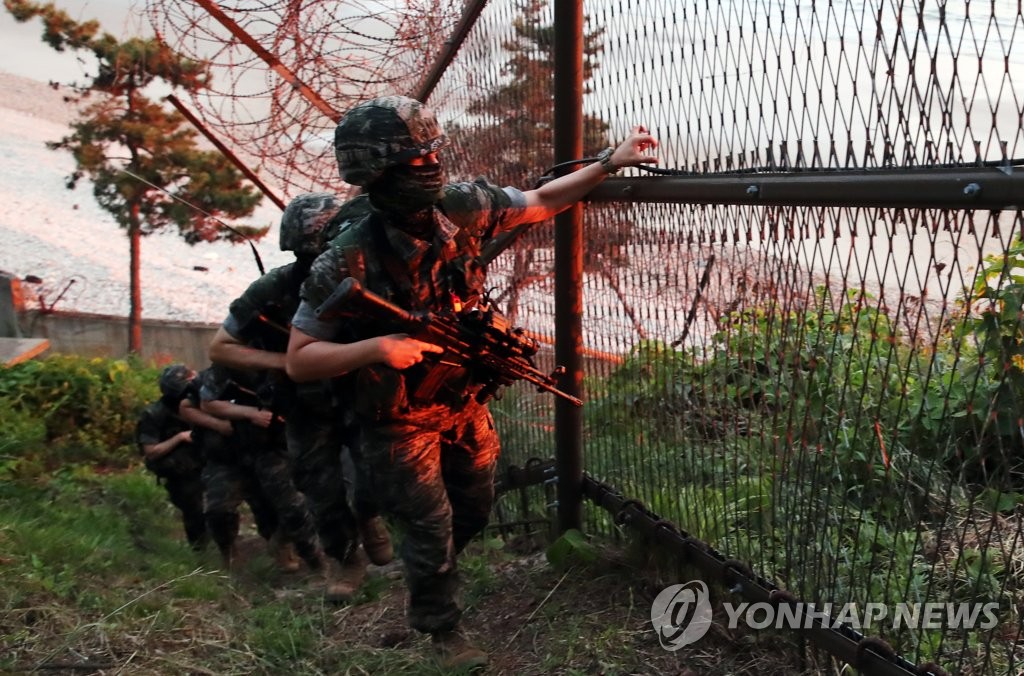The Tribune-Democrat, Johnstown, Pa. | By Dave Sutor
FILE — In this Aug. 1, 2018 file photo, the Defense POW/MIA Accounting Agency (DPAA) and U.S. Indo-Pacific Command conduct an honorable carry ceremony at Joint Base Pearl Harbor-Hickam, Hawaii. Carry teams will move 55 transfer cases, containing what are believed to be the remains of American service members lost in the Korean War, to the DPAA facility at JBPH-H for identification. North Korea turned over the remains to the U.S. and is the first mass turnover of remains since the early ’90s. (Apryl Hall/U.S. Air Force)
Flying over the rolling hills, rice paddies and farming villages northwest of Pyongyang, the capital of North Korea, Richard Downes looked out the window of an Air Koryo jet, and, for the first time in his life, saw the area where his father was likely shot down when operating the targeting device on a B-26 Invader.
Downes had purposely switched seats with a colleague to get a view of the landscape during his visit to the internationally isolated country in September 2016.
Air Force Lt. Hal Downes went missing in action more than six decades earlier, in January 1952.
Richard Downes said as he gazed at the sky and land for just a few minutes, he felt some closure that helped in the healing process. The son was connected to the father, like never before.
“I was able to go where he is, as a son returning to try to learn what happened to the father,” said Downes, president of the Coalition of Families of Korean & Cold War POW/MIAs.
“We flew in over the area where I believe his plane went down. That was kind of a lifetime moment for me. That’s the personal aspect. They treated us wonderfully, just being there, not only from a personal point of view where that’s where my dad has been all my life, to just kind of culturally, and historically, to be there and to be a part of that country, which is still largely a mystery.”
Downes was 3 years old when his father went MIA.
Even now, as the nation marks the 70th anniversary of when the Korean War started on June 25, 1950, he is not sure if his father was killed or captured.
“When you just don’t know, you grow up with that void that is never filled until you learn what happened,” Downes said.
“You look for any reason that he might have lived and hope that he would come back. That kind of impacts how you grow up.”
Downes can still imagine his father surviving the incident.
“In the fantasy that you sometimes have as a child — and it’s hard to not cling to as an adult — if he went down, and he bailed out and they found what he did on the plane, definitely there is documentation that a number of guys were taken to the former Soviet Union and sort of absorbed by the gulag,” he said. “You never know. He might be one of them.”
‘Never Heard Anything’
More than 7,800 Americans remain unaccounted for from the Korean War that lasted until an armistice was entered on July 27, 1953, according to the Department of Defense’s Defense POW/MIA Accounting Agency.
Army Pfc. Gilbert Smith is among them.
The youngest of seven children, Smith left Townville, Crawford County, to join the service, originally playing clarinet in the U.S. Army Band. But he “decided that he wasn’t doing his bit for his country, so he opted out of the band and asked for a transfer into the infantry, then was sent to Korea almost immediately,” according to his niece, Joyce Chapman.
Shortly after his arrival in Korea, Smith sent home a letter describing his Thanksgiving dinner there.
The family never heard from him again.
He was declared missing on Jan. 7, 1951, and presumed dead on Dec. 31, 1953, according to Korean War Project (koreanwar.org), a comprehensive database about KIAs and POWs from the war.
“I met with a representative in Washington when I went down for one of the sessions of the missing in action,” said Chapman, who lives in Meadville, a community about 15 miles from Townville. “He said probably he was hit by a mortar and just vaporized. Pretty good chance. They just never heard. There were people that thought that he was taken prisoner because there were quite a few of them that were taken prisoner and they had to march a great deal of distance and they went to the camps. But we never heard anything.”
When Smith’s last surviving sibling, a sister, died a few months ago, not long after her 96th birthday, his whereabouts were still unknown.
“I would have loved to have had some sort of closure before she passed,” Chapman said.
‘Clock is Running Out’
Parents of Korean War MIAs and POWs are long since dead.
Many siblings and spouses have passed away, too, never knowing what happened to their loved ones.
The children of those MIAs and POWs are now in their 60s and 70s.
“That’s an issue, that frankly the clock is running out for the families of U.S. service members who died during the Korean War,” said Daniel Wertz, program manager for the National Committee on North Korea, a non-governmental organization that works to foster relationships between the United States and North Korea. “The conflict was 70 years ago, so I think the parents of service members who died in that conflict are all long gone. Spouses, siblings are all quite old at this point. The children of Korean War veterans are all aging as well.
“So, for families who want closure on the conflict to be able to know after 70 years what happened to their loved ones in Korea, there’s not a lot of time left. And, unfortunately, things don’t look great in terms of having any hope that there will be opportunities to find out what happened to their family members.”
Much of the searching is now being carried on by children, nieces, nephews and grandchildren — along with the Coalition of Families of Korean & Cold War POW/MIAs.
The nonprofit was organized in 1998, and representatives have traveled to North Korea, formally known as the Democratic People’s Republic of Korea, testified before Congress, created the government’s master list of Korean/Cold War missing men and conducted research. The coalition is working to get access to air crash sites, learn about live-sighting reports and recover remains in North Korea.
“You’ve got all these incredible issues that need to be addressed individually in order to get an overall picture,” Downes said.
In 2018, North Korea repatriated 55 boxes of remains, in accordance with an agreement reached between President Donald Trump and North Korea’s ruler, Kim Jong-un.
Downes flew with Vice President Mike Pence aboard Air Force Two to be there when the boxes arrived in the United States. Downes called the event a “pretty special” moment in his life.
Military officials estimate the boxes might contain the remains of 100 or so individuals, including some South Koreans.
All total, about 5,300 Americans were believed to be lost in the DPRK.
But tension between the two nations has made getting remains released a challenging and politically fraught endeavor, especially when linked to the issue of North Korea’s nuclear arms program.
“We have long been trying to, like the North Koreans in this scenario, separate the remains recovery — and just learn what happened to these guys — from the nuclear discussions, but it’s hard to do,” Downes said.
“The U.S. has been very much against doing that in terms of policy.”
Downes concluded: “It’s just super-frustrating because we could bring them home, but for politics. In a sense, these men are still fighting the war.”
This article is written by Dave Sutor from The Tribune-Democrat, Johnstown, Pa. and was legally licensed via the Tribune Content Agency through the NewsCred publisher network. Please direct all licensing questions to legal@newscred.com.
Article: https://www.military.com/daily-news/2020/06/21/korean-war-work-continues-find-remains-of-mias-pows-and-bring-them-home.html?fbclid=IwAR0yRFX0iWS4DveSTTFpCbEqtBylXMcmGt3_aPwvJnY3BfZlcoRTPK90IlY


